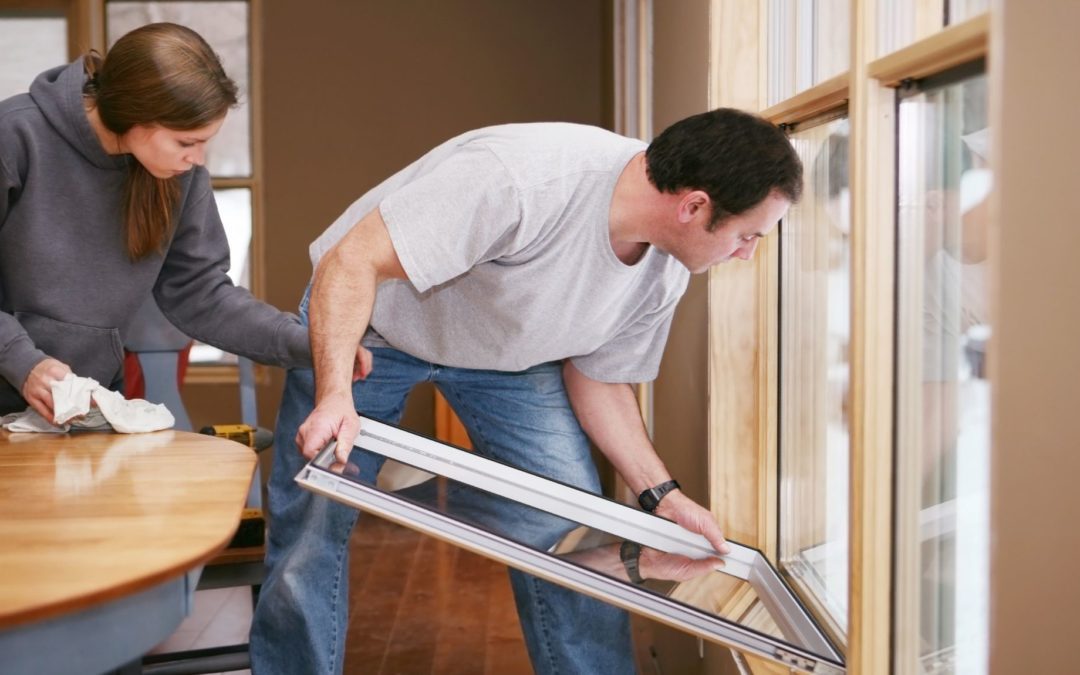Energy retrofits play a critical role in helping tackle climate change. As a bonus, they help you save on your energy bills too. Retrofitting may improve or replace lighting, windows and doors, heating, cooling, and hot water systems, or add insulation and draft-proofing. Building retrofits also provide comfort and health benefits, improving indoor air quality and temperature regulation. With so many things to consider where should you start?
These five easy steps will help you get the most out of your home energy retrofit:
1. Opportunity assessment (start with an energy audit)
Prequalify your home as a good retrofit candidate by doing an EnerGuide energy audit with a Registered Energy Advisor (REA). An REA will assess your building’s energy efficiency and recommend the best energy retrofit solutions that reduce emissions, address your priorities, and fit within your budget.
2. Speak to contractors (target deep savings)
Engage qualified contractors to explore the feasibility of implementing as many retrofit measures as possible while staying within your budget. Your goal here should be to consider your retrofit holistically and to try to complete upgrades that reduce your energy use while also reducing your carbon emissions. There are lots of ways to approach a retrofit, and speaking to a knowledgeable general contractor or energy coach can help you to identify the best approach for you and your home.
A deep, multi-measure retrofit may save design and construction expenses. For example, combining building envelope and HVAC improvements can reduce your future HVAC system size, complexity, and cost.
3. Select your delivery approach and confirm your project finances
After talking to your Energy Advisor and contractors, you will be able to determine the kinds of other professionals you might need to engage. As with any renovation project, make sure whoever you select can demonstrate they have knowledge and experience to deliver high-quality projects on time and within budget.
Financial incentives for house retrofits are currently available. Homeowners are able to apply for online incentives like the Canada Greener Homes Grant and Canada Greener Homes Loan, and our Registered Energy Advisors can help. The first step to qualify for Greener Homes Grant or Loan is an energy assessment (see step 1). Remember to make sure you are following the order of events required by individual incentive programs to ensure you qualify; you do not want to miss receiving a rebate because of a technicality.
4. Implementation
Develop a work plan that includes all phases from detailed design to completion. This includes permitting applications and review, financial incentive application submissions, sourcing and ensuring the availability of all materials, and confirming equipment and key contractors in advance.
Depending on the project’s size, scope, and complexity, you may require architectural or engineering drawings. Try to figure out if this is a requirement at the quoting stage, because you don’t want the added cost and review time to halt your project at a sensitive juncture. If no issues are discovered during the design phase, the next step is to execute the retrofit plan.
You will monitor and evaluate the building process with your individual contractors, or your project manager will oversee contract administration.
5. Post retrofit (the post retrofit EnerGuide assessment, and contractor performance guarantees)
Once your project is finished, you will need to ensure work was properly completed and you have achieved your energy efficiency targets. If you apply for any retrofit incentives, you will need to demonstrate that your project now qualifies for the rebate. Your project may have required multiple permits, which may require more than one inspections by building and trade safety inspectors. For an incentive like the Greener Homes Grant, you are going to need a post-retrofit EnerGuide assessment completed by an NRCan-registered Energy Advisor, whose final report will be used to confirm the rebates you qualify for. You need to be satisfied with the results of the project.
Because this is an energy efficiency retrofit, achieving a performance target should be expected. You may ask your contractor to provide a performance guarantee in their warranty section that states the level of energy savings you can expect.

Recent Comments